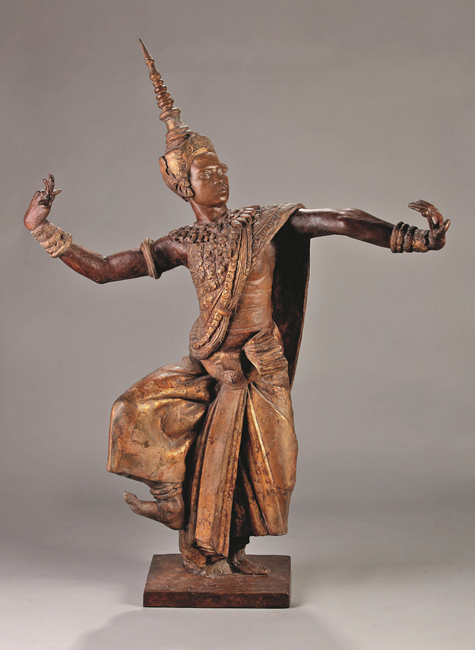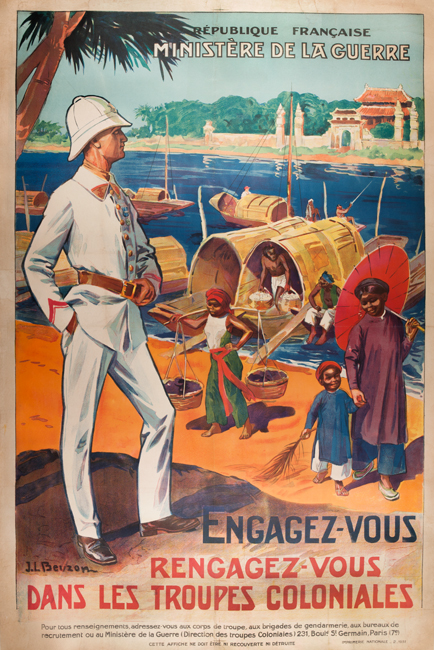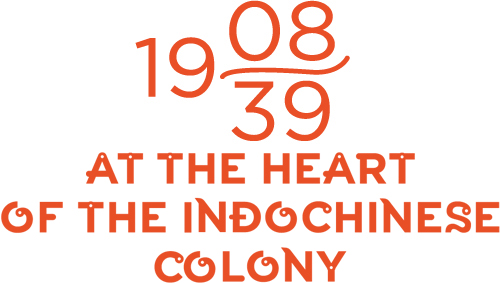at the heart of the indochinese colony
The Indochinese colony, «the pearl of the Empire», inspires exoticism and dreams of abundance for the French during the inter-war years. The economic «development», started at the end of the 19th century, spurred on by the Bank of Indochina and under the control of the colonial State, gave Indochina a rail network, roads and infrastructures. Industries were established, more land cultivated and the exploitation of mineral resources developed. From then on, power was concentrated in the hands of the representatives of France and the former royal structures which co-existed with the colonial power no longer had any other than a symbolic value.
France’s «civilising mission» gave legitimacy to its domination and justified the inequality between the Europeans and the «natives». An exploitation Colony, there were only 20,000 French in Indochina in the 1910s, three-quarters of whom were living in the urban areas of Saigon-Cholon and Hanoi. Consequently, the administrations and the army, to a large extent, were made up of «natives», but the management positions were held by the French of Indochina. The governor-general Albert Sarraut (1911-1913 and 1916-1919) responded to the disorders, put down by the police and the army, by establishing a new policy associating the elite with the colonial power. This was aimed at reforming the institutions and developing public education. But it never succeeded in imposing this policy and, above all, it was not accompanied by genuine political openness.
So, the face of Indochina was changing just after the World War I. The former mandarin elites disappeared while a Vietnamese and Chinese middle-class emerged from among traders and landowners, as well as new intelligentsia educated in France and in the schools of the Union. This intellectual youth embraced radical nationalism then, during the 1930s, the communism which based its action on the discontent among the peasants, dismantled by economic changes, and on the unrest among workers, increased after the Great Depression of 1929.

royal cambodian dancer
Plaster with gilded patina, H. 106 cm ; L. 82 cm ; l. 27 cm, Inv. 1994.47.2
Évariste Jonchère,Towards 1933
© Boulogne-Billancourt, musée des Années 30

enlist, re-enlist in the colonial troups
1931, poster, H. 100 cm ; L. 70 cm
© Éric Deroo Collection












